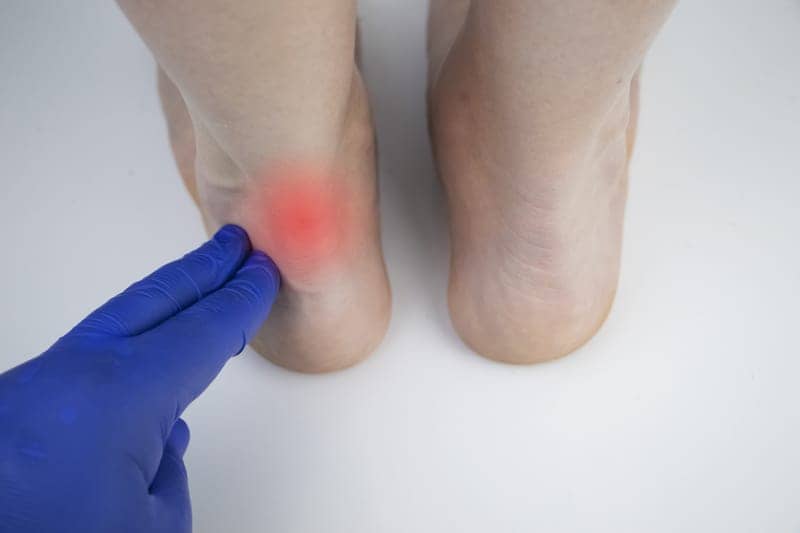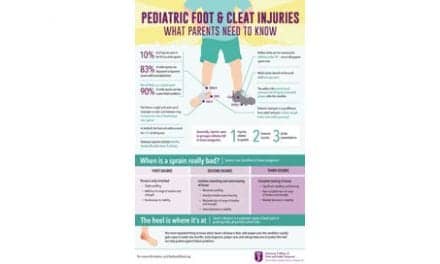On average, people with Achilles tendon rupture have similar outcomes whether they have surgery to stitch the tendon back together or go for rehab therapy alone.
But those studies have been small, says Dr. Stale Myhrvold, the lead researcher on the new trial.
That makes it harder to detect differences in longer-term issues, such as the chances of a repeat tear in the tendon, according to Myhrvold, an orthopedic surgeon at Akershus University Hospital in Norway.
His team’s study, of more than 500 Norwegian patients, found that without surgery, the risk of re-rupture was indeed higher.
However, patients who underwent surgery sometimes sustained nerve injuries related to the procedure — which nearly all nonsurgical patients were able to avoid. And over one year, patients reported similar improvements in their daily functioning whether they had surgery or rehab alone.
The results, Myhrvold said, suggest “most acute Achilles tendon ruptures in adults can be treated nonoperatively, with outcomes similar to surgical treatment.”
But a U.S. orthopedic surgeon cautioned that the results of a carefully controlled trial do not always translate cleanly into the real world.
Dr. Andrew Elliott, a foot and ankle surgeon at the Hospital for Special Surgery in New York City, pointed to an important detail: Patients in the study were outfitted with a special cast to immobilize the foot and ankle within 72 hours of their injury.
That’s a lot faster than what is typical in everyday practice, according to Elliott, who said it may be a week or 10 days post-injury before he sees patients and can get them in a cast.
Beyond that, Elliott said, the choice to do surgery or not depends “first and foremost” on the individual patient.
For an athlete or highly active person, for example, surgery may be the better option. Without it, Elliott said, the tendon will heal, but not necessarily in an ideal way. Surgery can fix it more precisely, at its proper length and tension.
On the other hand, Elliott said, the nonsurgical approach may be better for older patients, smokers and those with health conditions that can make surgery riskier.
And, of course, there are patients’ preferences: Some are eager to avoid surgery, while others “don’t even want to talk about nonsurgical options,” Elliott said.
Open vs Minimally Invasive Achilles Tendon Rupture Surgery
The study, published recently in The New England Journal of Medicine, involved 554 patients with a newly ruptured Achilles tendon — mostly men in their 30s or 40s. They were randomly assigned into three groups: a nonsurgical one one that underwent traditional “open” surgery, and one that had minimally invasive surgery, done through a small incision.
All patients had their injured ankle and foot casted within three days. The nonsurgical group kept it on for two weeks before seeing a physical therapist the surgery groups had another cast placed after the procedure, again for two weeks, then moved on to physical therapy.
The whole rehab regimen, starting from the cast placement, lasted 36 weeks, Myhrvold said.
Over one year, 11 nonsurgery patients (6%) had a repeat rupture, versus two surgery patients (0.6% in each surgery group). In every case, Myhrvold said, it was due to an accident or “unintentional high load” placed on the ankle. So it’s critical, he added, that people who skip surgery stay out of “high-risk” activities for the first six months.
Skipping surgery did offer one advantage: Only one patient developed signs of nerve injury, compared with nine patients who had minimally invasive surgery (about 5% of the group) and five (about 3%) who had open surgery.
All three groups had similar improvements, on average, on a scale called the Achilles Tendon Total Rupture Score, which gauges daily activities. They also performed comparably on tests of their strength and jumping ability.
According to Myhrvold, it all implies that most patients with a newly ruptured Achilles can forgo surgery and still have a good outcome.
At the same time, the findings reflect group averages, and for individual patients, Elliott said, the treatment decision comes down to their personal situation and preferences.
[Source: HealthDay]





